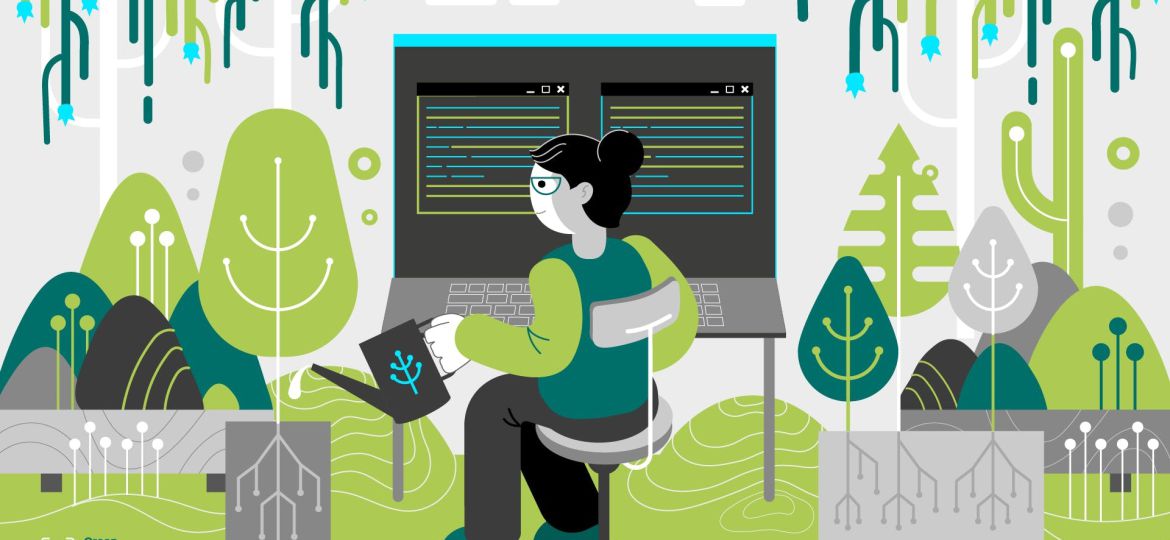
As the world increasingly recognizes the importance of sustainability, businesses are seeking ways to reduce their environmental impact. In the realm of software development, LeMeniz, a leader in software solutions, is championing sustainable practices. In this blog post, we will explore the concept of sustainable software development and how LeMeniz is leading the way with a green approach.
Understanding Sustainable Software Practices:
Sustainable software practices involve adopting development and operational approaches that minimize environmental impact while maximizing efficiency. This includes reducing energy consumption, optimizing resource usage, and minimizing waste in the software development lifecycle.
LeMeniz’s Green Approach:
- Optimizing Code Efficiency:LeMeniz understands that efficient code contributes to reduced energy consumption. By optimizing code, eliminating redundancies, and employing best coding practices, software can run more efficiently, requiring fewer resources.
- Cloud Resource Optimization:Cloud computing is a key aspect of modern software development, and LeMeniz emphasizes the importance of optimizing cloud resources. This involves dynamically scaling resources based on demand, utilizing energy-efficient data centers, and adopting serverless architectures.
- Green Hosting Practices:LeMeniz recommends hosting applications on servers powered by renewable energy sources. Choosing green hosting providers and data centers that prioritize sustainability contributes to a reduced carbon footprint.
- Minimizing Data Storage and Transmission:Sustainable software practices involve minimizing the amount of data stored and transmitted. LeMeniz encourages the use of efficient data storage techniques, compression algorithms, and content delivery networks (CDNs) to reduce the energy required for data transfer.
- Lifecycle Management:LeMeniz takes a comprehensive approach to sustainable software development by considering the entire lifecycle of a product. This includes eco-friendly practices in design, development, testing, deployment, and end-of-life considerations.
- Remote Work and Collaboration:With the rise of remote work, LeMeniz recognizes the environmental benefits of reduced commuting. Embracing remote collaboration tools not only enhances team productivity but also contributes to a decrease in greenhouse gas emissions associated with commuting.
- Green Software Architecture:LeMeniz promotes the adoption of green software architecture, which involves designing systems with sustainability in mind. This includes modular designs, efficient algorithms, and the use of technologies that minimize environmental impact.
- Continuous Monitoring and Improvement:Sustainable software practices are an ongoing commitment. LeMeniz advocates for continuous monitoring of energy usage, resource consumption, and environmental impact. Regular assessments and improvements ensure that software remains environmentally friendly over time.
Conclusion:
LeMeniz’s green approach to sustainable software practices aligns with the global push towards environmental responsibility. By optimizing code efficiency, adopting green hosting practices, and considering the entire lifecycle of software, businesses can contribute to a more sustainable future. As technology continues to evolve, the role of the software industry in environmental stewardship becomes increasingly significant. LeMeniz stands at the forefront of this movement, demonstrating that sustainable software practices are not just good for the planet but also make good business sense.
















